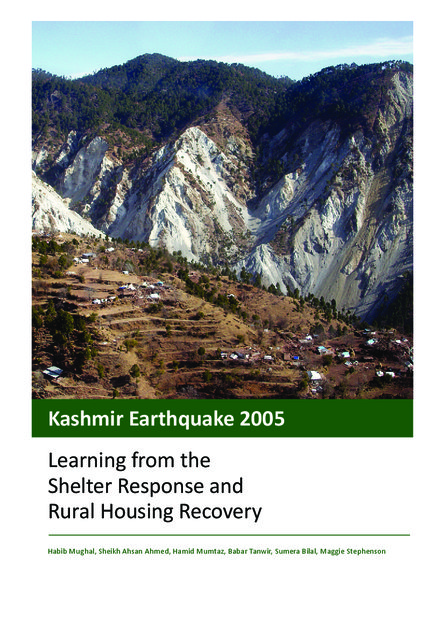
In October 2005 the Kashmir earthquake left over 75,000 people dead and 3.5 million homeless, just before winter on the foot of the Himalayas from low to high altitude. The shelter response ensured no further loss of life, no large scale displacement and maximum assistance at origin. The rural housing reconstruction programme results include 611,000 houses repaired and reconstructed within 4 years and over 90% compliant with safer standards.
Keys to this success were:
Leadership and coordination in a single programme: Vision and leadership by Government, coordination between all assistance actors, consensus on complementary roles and clear objectives, and in a spirit of collaboration and common purpose. Instead of a multitude of projects, all agencies implemented the same programme using resources efficiently to cover the entire affected area.
A longer plan early: Although Pakistan was not prepared for such a large disaster, steps were taken very early to establish institutional mechanisms, to develop and communicate policies for reconstruction. This ensured both the affected communities and the assistance agencies focused on the longer term and could plan accordingly.
An enabling approach: The key principle of the shelter response and rural housing recovery was to support people to organise their own solutions according to their capacities, needs, resources and priorities. While policies and objectives were set out early and adhered to, the details of programmes responded and adjusted to people’s reality, resolving challenges and taking new opportunities as they arose.